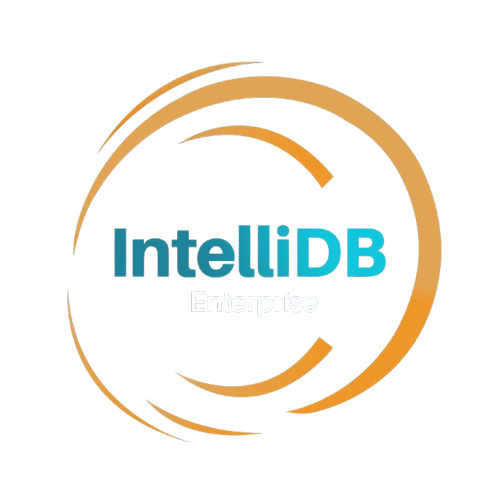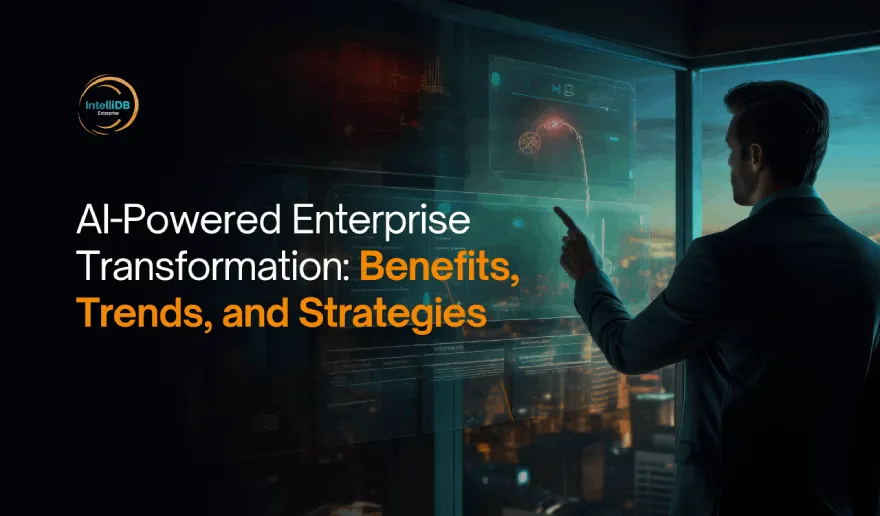The Power of AI in a Secure Enterprise World
In the fast-changing business landscape of today, AI is no longer a nicety—it’s a necessity. But as companies are competing to make their change with artificial intelligence, an important question comes to mind: how do you create scalability of innovation without sacrificing security? The solution is in harmonizing two powers that were traditionally viewed as opposites—agility and governance. When AI-powered transformation is combined with enterprise-class security, it releases a potent partnership that not only powers growth but secures it.
This shift isn’t simply a matter of automating processes or becoming more efficient. It’s about reinventing how businesses work from the ground up. From real-time decision-making to hyper-personalized experiences, AI gives businesses the ability to make precise and informed decisions. But these benefits are accompanied by danger. In the absence of a robust security and compliance posture, AI can create vulnerabilities that harm companies—making control and trust more crucial than ever.
The Layers of AI-Driven Transformation
KPMG’s intelligent transformation framework begins with the foundation: cloud, data, and AI. Each serves as the backbone for every level of enterprise modernization, enabling firms to introduce new capabilities in phases without upending current systems.
Engine Room: Legacy systems are wired together here, data is freed, and platforms are made more flexible and composable.
Cognitive Intelligence: Here, AI tools start producing real-time insights via connected APIs, microservices, and machine learning models.
Engagement: Lastly, AI-driven interfaces—such as dashboards, assistants, and chatbots—transform the way leaders, employees, and customers engage with the company.
What makes this model so effective is that it’s not linear. Companies can start at any time, apply it to their level of maturity, and grow it over a period of time.
Why Enterprise-Grade Security Is a Must
With AI increasingly playing a role in every function—be it finance, HR, supply chain, or customer experience—it is essential to have security frameworks that grow along with transformation initiatives. This requires moving beyond legacy cybersecurity and instead adopting what KPMG terms “Trusted AI.”
Trusted AI makes all outputs from an AI model Traceable, Fair, Explainable, and Compliant. It is the new norm for ethical and safe innovation. Businesses today are presented with the double challenge of deploying AI at scale and proving they have control over data privacy, model accuracy, and regulatory compliance.
How AI Tools Facilitate This Partnership
Today’s modern AI technology is not only about increasing productivity—it’s the core of the secure transformation narrative. The top platforms today arrive with capabilities that bring together AI innovation and compliance guardrails. From smart document processing to machine learning operations (MLOps), these technologies assist in standardizing the way models are trained, tested, deployed, and monitored—with enterprise data kept safe along the way.
Following are some key capabilities today’s AI technology has to offer:
- Facilitate secure, scalable access to data through private cloud infrastructure
- Automate tracking of compliance and access controls
- Identify anomalies in real-time with AI-powered threat detection
- Produce audit-ready records of AI-driven decisions
These capabilities enable enterprises to keep control of AI while still experiencing its full value.
Avoiding Common Transformation Pitfalls
AI is not a silver bullet—but coupled with the correct approach, it enables organizations to avoid many typical transformation pitfalls. For example, disconnected pilots and isolated rollouts tend to result in patchy results. AI assists in synchronization of efforts through presenting one integrated picture of value creation across business functions. It also minimizes dependency on legacy systems through smart integration of sources of data and assembling reusable pieces of code.
Some additional advantages are:
- Mitigating security threats via ongoing model monitoring
- Overcoming change resistance by integrating AI into regular workflows
- Mitigating bias and enhancing transparency in decision-making
- Empowering data-driven culture through real-time insights
When AI drives transformation and is supported by trust, businesses can advance confidently—even amidst uncertainty.
Final Thoughts
The real magic of digital transformation is not necessarily the technology itself, but the way that it’s managed, rolled out, and scaled. AI is an incredibly powerful force inside the enterprise—but as a liability, that same power is a toxic one. By embracing AI and security as a power couple, businesses position themselves for ongoing innovation.
If business leaders are to lead in the intelligent age, they must look beyond the experimentation stage. It’s time to industrialize AI—safely, ethically, and at scale. And that starts by selecting the right tools, frameworks, and culture to enable it.

